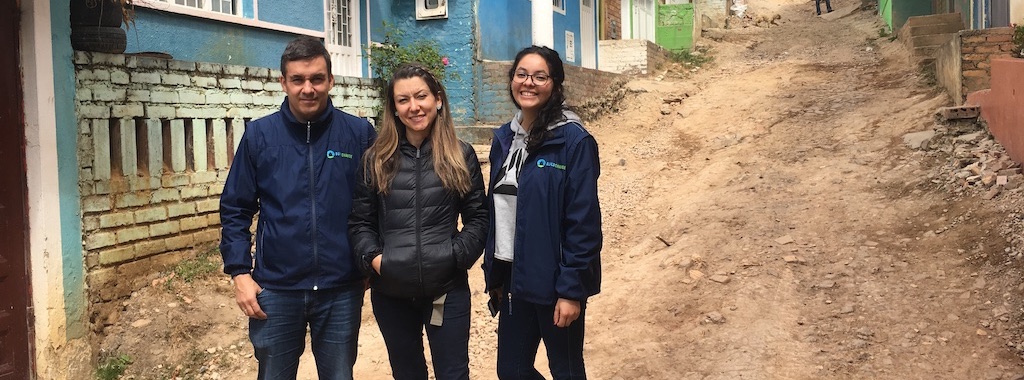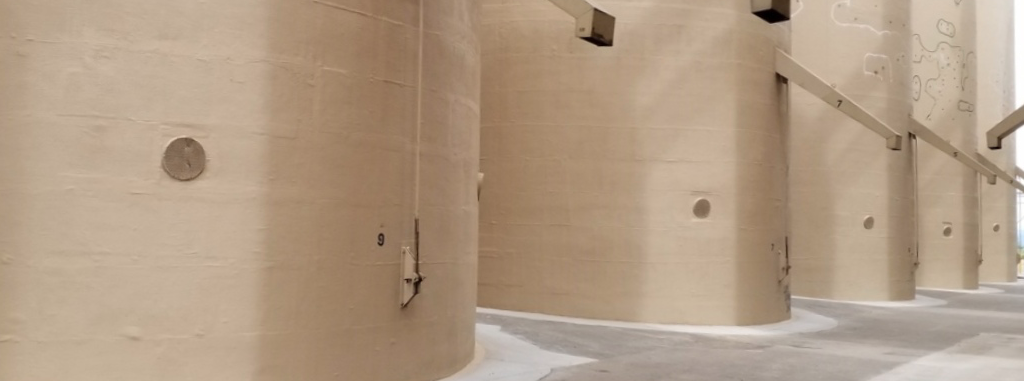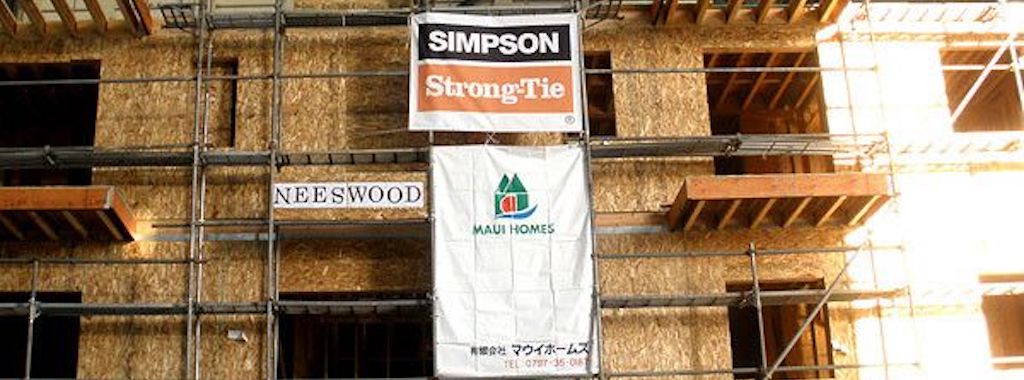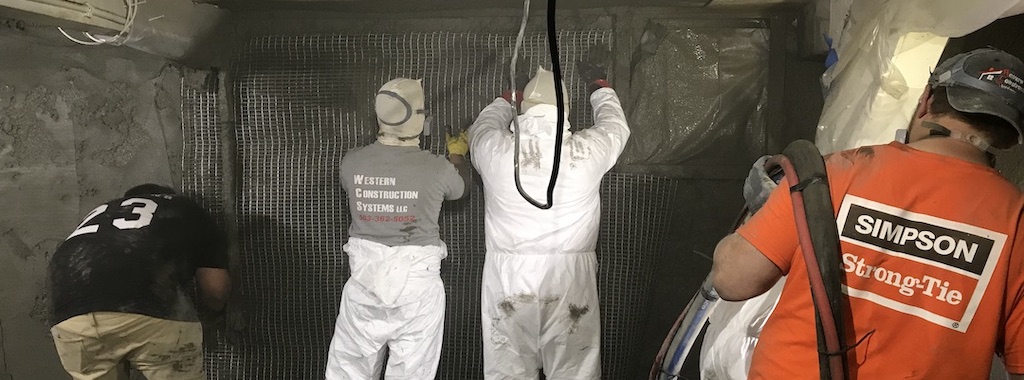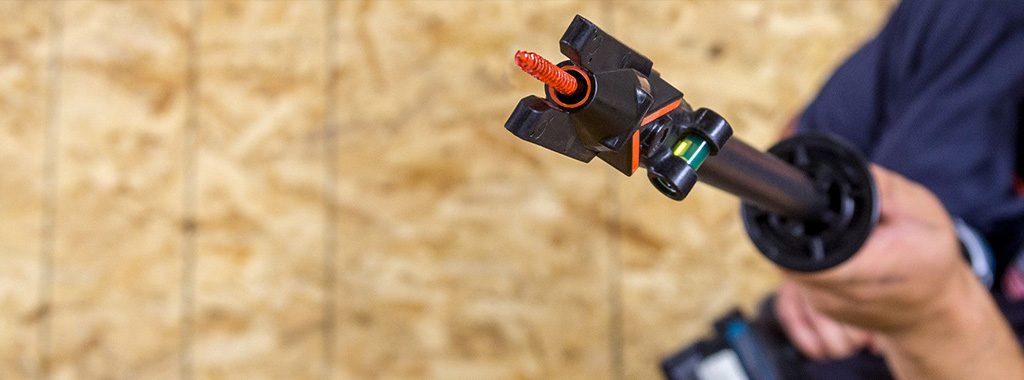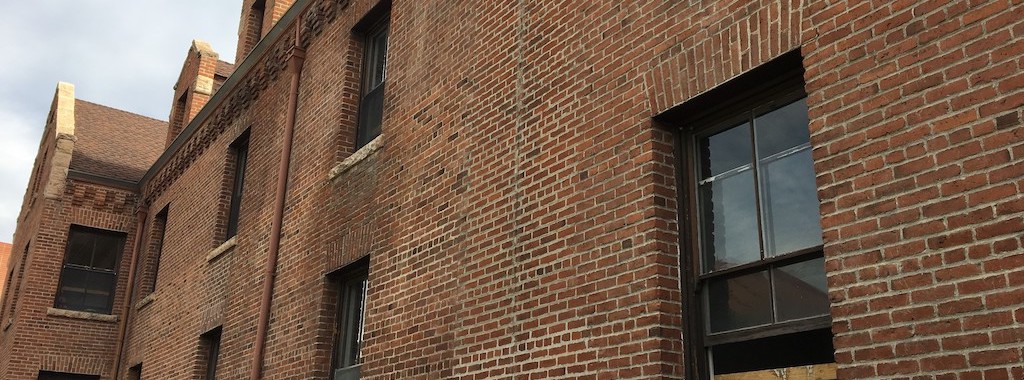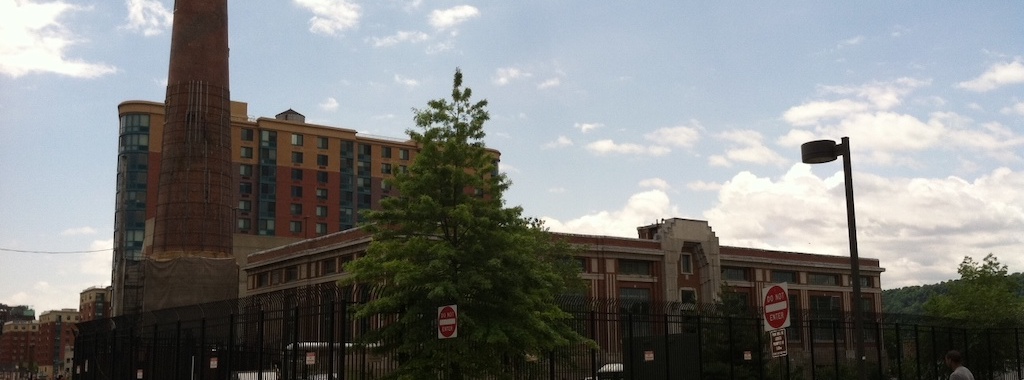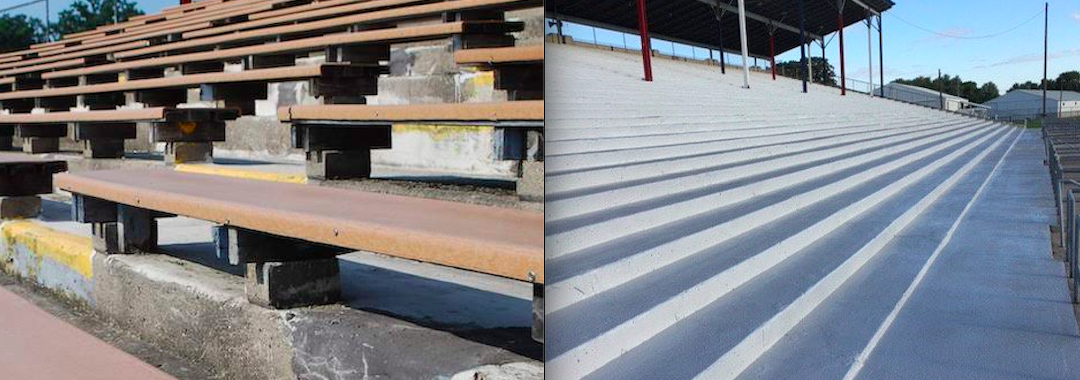Massive amounts of timber. Tons of structural steel. Envisioned as the centerpiece of a revitalized fairgrounds complex in Washington County, Oregon, the Wingspan Conference And Event Center due to open in summer 2020 includes a high-tech 39,000-square-foot expo hall with 30ʹ ceilings, a rooftop solar array, a 13,000-square-foot conference center to accommodate trade shows, corporate meetings, and seminars, and a materials list of building products to rival any commercial or civic construction project.
Author: Jesse Russell
The Simpson Strong-Tie Excellence in Engineering Fellowship, A Grateful Adventure
Before starting my fellowship, a year seemed like a very long time to be away from my day-to-day life, my clients, and my comfort zone. I started with many questions about how I could support the Build Change team to make the biggest possible impact with this fellowship. Once I started, however, I found more than a great team; I found a family. I would like to start this blog by praising the support of every member of the teams that I worked with, including the Build Change headquarters staff, as well as the staffs of the programs in Colombia and the Philippines.
Case Study: Shoring Up Aging Concrete Grain Silos with Fiber-Reinforced Polymer
The Simpson Strong-Tie® Composite Strengthening Systems™ was used to restore and strengthen 6 distressed cast-in-place concrete grain silos with a combination of carbon and glass FRP, meeting a tight timeline and budget.
Questions Answered: Deck Ledger Connections for Wood and Masonry
In this post, we follow up on our July webinar, Safer, Stronger Decks: Ledger Connections for Wood and Masonry, by answering some of the interesting questions raised by attendees.
During the webinar we discussed code-compliant ledger connection
options for both wood and masonry construction. In case you weren’t able to join our discussion, you can watch the on-demand webinar and earn PDH and CEU credits here.
Designing Resilience: NEESWood Capstone a Decade Later
In 2009, Simpson Strong-Tie participated in an unprecedented research event to highlight the importance of earthquake-resistant wood construction.
The event, the world’s largest earthquake test, was a collaborative Network for Earthquake Engineering Simulation project. It teamed academics, engineers, and industry researchers from around the world to subject a structure to what engineers refer to as the “maximum considered event” (MCE), a large, rare earthquake projected to occur, on average, approximately every 2500 years.
Continue Reading
Case Study: Western Construction Systems FRCM Project
The Simpson Strong-Tie fabric-reinforced cementitious matrix (FRCM) system was used to strengthen unreinforced concrete basement walls at a Portland residence and provide a fresh new look for years to come.
5 Ways the Quik Stik™ Tool Raises the Bar on Overhead Fastening
Our “Quik” line of tools now has jobsite efficiency covered from subfloor to drywall to rafters. The Quik Stik overhead assembly fastening system is our most recent innovation in a line of fastening systems that also includes the Quik Drive® PRO250G3 subfloor system and the Quik Drive PRODW drywall system. It provides contractors with a versatile solution that makes fastening rafter and truss connections faster and easier than ever. Here are five ways the Quik Stik raises the bar on overhead fastening.
Continue Reading
Case Study: Manzanita Hall
Manzanita Hall is one of three remaining buildings on the University of Nevada, Reno, campus that were constructed prior to 1900. Originally named the Girls’ Cottage, Manzanita Hall was built in 1896 and was used to house 97 women in double and single rooms. Architecturally, it a created a Victorian atmosphere and offered a spacious student lounge, complete with a grand piano and a spectacular view of Manzanita Lake.
Several years ago, the hall was deemed seismically inadequate, and the electrical, plumbing and HVAC systems were likewise found to be seriously outdated and insufficient for modern college life. These structural deficiencies necessitated its closure in 2015.
Case Study: North Yonkers Pump Station
Simpson Strong-Tie precured carbon laminate (FRP) system was used to strengthen unreinforced concrete masonry walls to meet New York City Department of Environmental Protection (NYC DEP) measures to minimize the impact of the next superstorm on critical infrastructure.
Case Study: The Freeborn County Fair Grandstand
The Freeborn County Fair in Albert Lea, Minnesota, has a rich history going all the way back to 1859, a year after Minnesota became a state. In addition to its longevity as a county fair facility, the Freeborn County Fair is known for its large and spacious grandstand and the many attractions it has hosted since it opened in 1940 — including motorcycle races, stock car races, auto thrill shows, horse races, wrestling events, mule races and tractor pulls.


